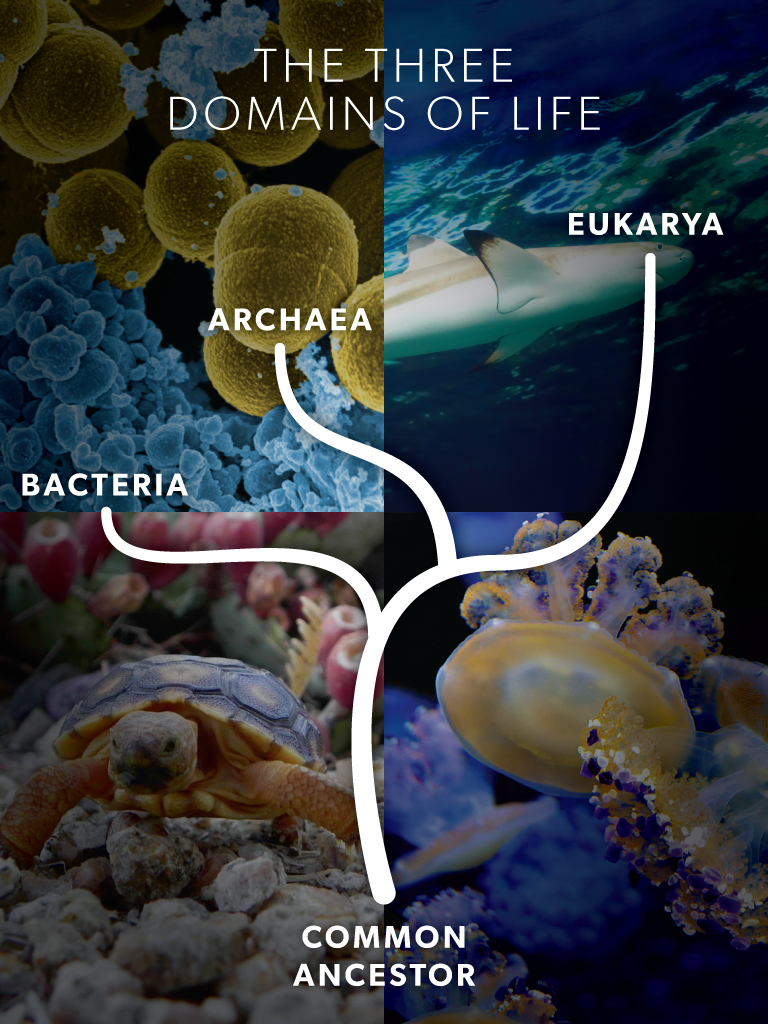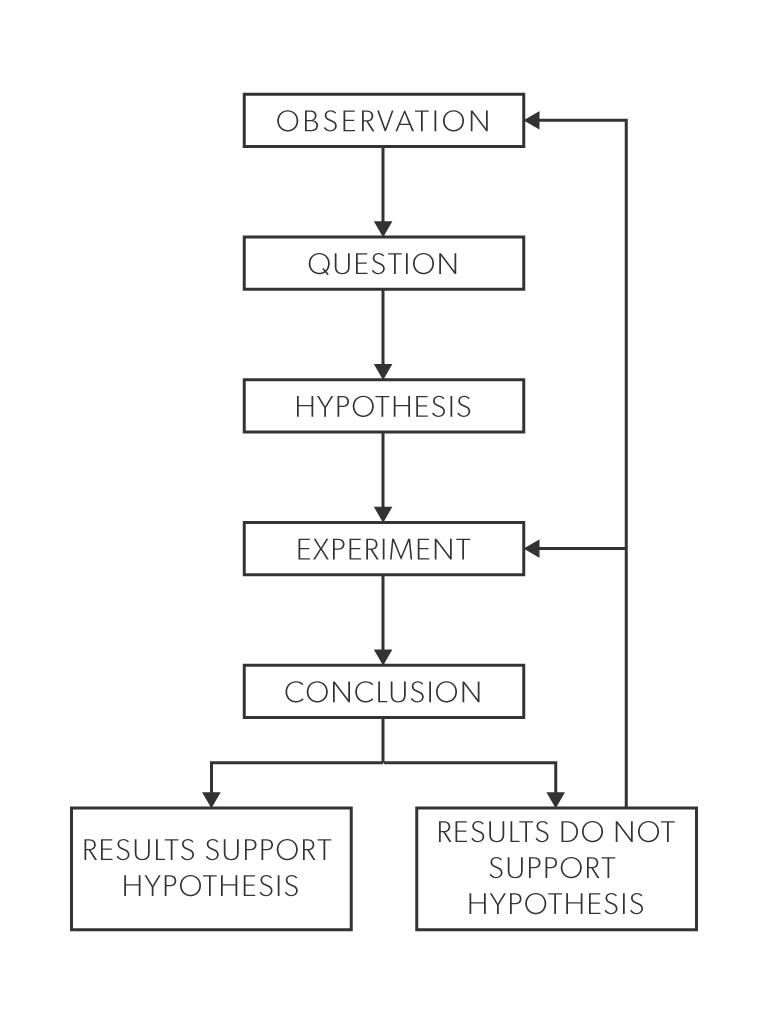Works Cited
"Biological technicians James Walton and Jedediah Brodie collect plant cover data in the Toklat Basin ecoregion of Denali NP during the first season of fieldwork for this project in 2001. (8446139858)" by National Park Service, Alaska Region - Biological technicians James Walton and Jedediah Brodie collect plant cover data in the Toklat Basin ecoregion of Denali NP during the first season of fieldwork for this project in 2001.Uploaded by AlbertHerring. Licensed under CC BY 2.0 via Wikimedia Commons - https://commons.wikimedia.org/wiki/File:Biological_technicians_James_Walton_and_Jedediah_Brodie_collect_plant_cover_data_in_the_Toklat_Basin_ecoregion_of_Denali_NP_during_the_first_season_of_fieldwork_for_this_project_in_2001._(8446139858).jpg#/media/File:Biological_technicians_James_Walton_and_Jedediah_Brodie_collect_plant_cover_data_in_the_Toklat_Basin_ecoregion_of_Denali_NP_during_the_first_season_of_fieldwork_for_this_project_in_2001._(8446139858).jpg
"Malaria". Licensed under CC BY 2.5 via Commons - https://commons.wikimedia.org/wiki/File:Malaria.jpg#/media/File:Malaria.jpg
"Helicoverpa armigera larva" by Gyorgy Csoka, Hungary Forest Research Institute, Bugwood.org - This image is Image Number 5371126 at Insect Images, a source for entomological images operated by The Bugwood Network at the University of Georgia and the USDA Forest Service.. Licensed under CC BY 3.0 us via Commons - https://commons.wikimedia.org/wiki/File:Helicoverpa_armigera_larva.jpg#/media/File:Helicoverpa_armigera_larva.jpg
"Large ground finch (4229044630)" by Peter Wilton - Large ground finchUploaded by Magnus Manske. Licensed under CC BY 2.0 via Commons - https://commons.wikimedia.org/wiki/File:Large_ground_finch_(4229044630).jpg#/media/File:Large_ground_finch_(4229044630).jpg
"Certhidea olivacea". Licensed under CC BY-SA 2.0 via Commons - https://commons.wikimedia.org/wiki/File:Certhidea_olivacea.jpg#/media/File:Certhidea_olivacea.jpg


